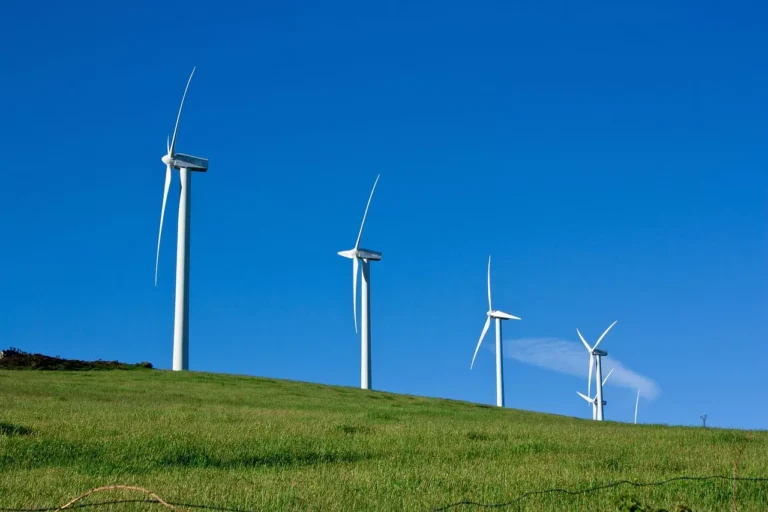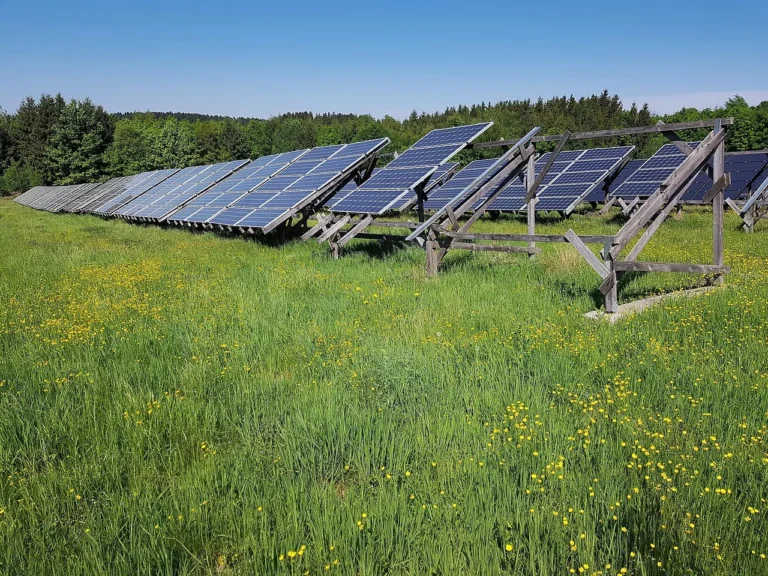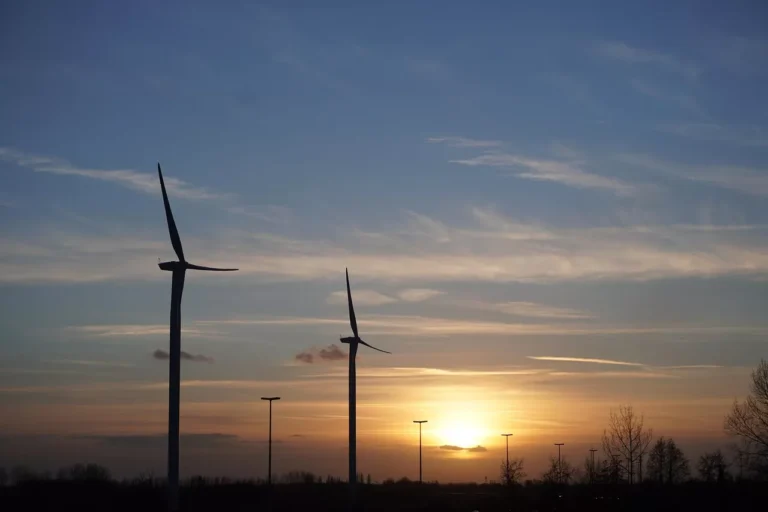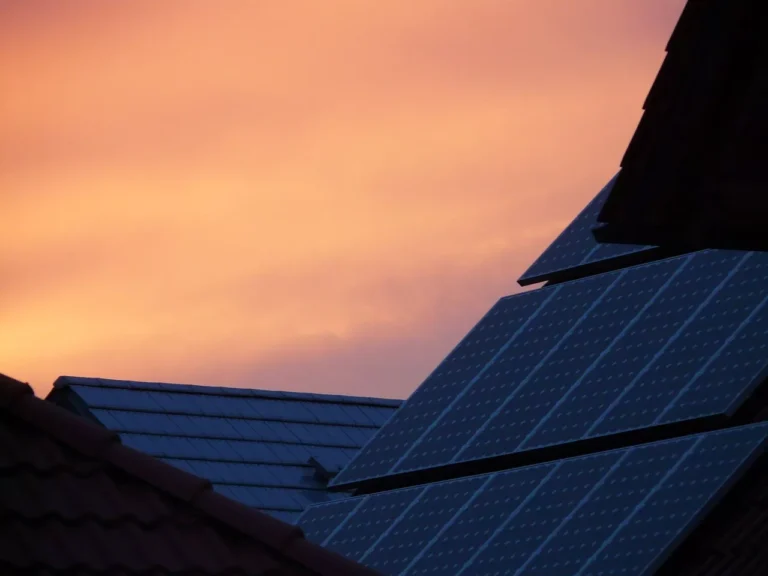
dstgroup Invests €1.5 Million in Gazelle Wind Power to Propel Floating Wind Innovation with Nau Azul Project and Scalable Platform for +15MW Turbines
Gazelle Wind Power (Gazelle), a pioneering developer of next-generation floating offshore wind platform technology, has entered into a strategic partnership with dstgroup, one of Portugal’s foremost industrial conglomerates. Under the agreement, dstventures—the corporate venture capital arm of dstgroup—will invest €1.5 million in Gazelle to accelerate the commercialization of its patented floating wind platform.
The investment marks a significant milestone for Gazelle as it prepares to execute its Nau Azul pilot project, a groundbreaking initiative located off the coast of Aguçadoura, Portugal. The project aims to demonstrate the scalability and performance of Gazelle’s floating platform technology for turbines of 15 megawatts (MW) and beyond—a critical development as the offshore wind industry seeks to scale up turbine sizes to reduce costs and maximize energy yield.
In addition to financial backing, dstgroup is deepening its commitment through its subsidiary bysteel, a leading steel engineering and manufacturing company recognized for its innovation in structural fabrication. bysteel will be responsible for the design, fabrication, and construction of the modular steel structures needed for the Nau Azul platform. This collaboration merges Gazelle’s advanced offshore technology with bysteel’s proven industrial capabilities, ensuring that the platform is not only innovative but also viable for mass manufacturing and deployment.
Scaling Up to Meet Global Offshore Wind Demand
The global offshore wind sector is entering a phase of rapid expansion. According to recent forecasts, installed offshore wind capacity is expected to surge from 8 GW in 2024 to over 50 GW by 2033, driven by strong policy support, technological advancements, and growing investor interest. A key enabler of this growth will be the deployment of larger turbines, which offer greater energy production efficiency and lower the levelized cost of energy (LCoE). For example, a single 15MW offshore wind turbine has the potential to generate electricity for as many as 20,000 European homes annually.
However, while larger turbines offer significant advantages in terms of performance, they also pose complex engineering challenges—particularly for floating platforms operating in deep waters and harsh marine environments. Gazelle’s platform addresses this challenge by offering a structurally robust yet cost-efficient solution designed specifically to support the next generation of ultra-large wind turbines.
The Nau Azul Project: A Living Lab for Scalable Floating Wind
The Nau Azul project will serve as a critical real-world validation of Gazelle’s innovative floating wind platform. Strategically located off the Portuguese coast, the project site was selected due to its alignment with the country’s offshore wind ambitions and favorable maritime conditions. It is also the first floating wind project to receive a TUPEM (Título de Utilização Privativa do Espaço Marítimo) authorization—a 10-year government license granting Gazelle private access to a designated area of Portugal’s maritime space for offshore energy deployment.
With this regulatory green light secured, Gazelle is poised to advance into the next phase of development, which includes the deployment of its modular platform, turbine integration, and on-site testing. The platform has been specifically engineered to withstand Portugal’s demanding offshore conditions while maintaining a compact design that facilitates easier transportation, lower material usage, and reduced construction costs.

What sets Gazelle’s platform apart from conventional floating wind designs is its patented hybrid architecture, which combines a novel hull geometry with a dynamic mooring system based on counterweights. This system not only reduces platform motion and increases turbine stability, but also significantly minimizes the environmental footprint of installation and operation.
A Platform Designed for Scalability and Port Accessibility
A standout feature of Gazelle’s technology is its focus on scalability and modular construction. Unlike other floating platforms that often require specialized fabrication facilities or deepwater assembly, Gazelle’s system can be prefabricated in standard steel yards and assembled in shallow-draft ports. This allows for flexible, regional manufacturing and streamlines logistics—two major bottlenecks in the current offshore wind supply chain.
The platform’s modular design also reduces the amount of steel required for construction, further driving down capital expenditure and making it economically attractive for large-scale commercial deployment. With the backing of bysteel’s manufacturing expertise, Gazelle is now well-positioned to demonstrate how industrialized, repeatable construction methods can be applied to offshore floating infrastructure.
“Portugal is one of Europe’s most ambitious nations when it comes to renewable energy, and the Nau Azul project is a reflection of that vision,” said Jon Salazar, CEO of Gazelle Wind Power. “Our partnership with dstgroup is a pivotal step forward in bringing our floating wind technology to market. dstgroup’s deep industrial roots, coupled with bysteel’s advanced steel fabrication capabilities, provide us with an unmatched platform to deliver cost-effective floating wind at scale.”
Salazar also emphasized that the partnership marks the beginning of a broader effort to catalyze floating wind energy development across the Iberian Peninsula. “By combining dstgroup’s strategic investment and Gazelle’s technological edge, we are accelerating the Iberian Peninsula’s role as a leader in next-generation offshore energy.”
dstgroup: Aligning Industrial Expertise with Energy Transition Goals
For dstgroup, the investment in Gazelle is a natural extension of its broader commitment to sustainable industrial innovation and the global energy transition. With a diversified portfolio spanning engineering, construction, energy, and technology, dstgroup has long played a role in shaping Portugal’s infrastructure landscape.
“We believe that the energy transition requires bold investments in forward-looking technologies,” said José Teixeira, Chairman of dstgroup. “Our support for Gazelle Wind Power reflects our confidence in their platform’s potential to transform the offshore wind industry by making floating systems more efficient, more scalable, and more environmentally responsible.”
Teixeira highlighted the importance of local value creation as a key motivator for the investment. “We are proud to contribute to a landmark project that not only advances Portugal’s leadership in offshore renewables but also strengthens the local supply chain and creates high-quality industrial jobs in the region.”
Indeed, the Nau Azul project is expected to deliver a range of economic benefits to the Portuguese economy, including new employment opportunities across engineering, manufacturing, logistics, and marine services. As Gazelle transitions from a technology developer to a commercial platform provider, it will rely on a robust ecosystem of local partners, suppliers, and regulatory agencies—all working together to scale floating wind power in a sustainable, inclusive way.
Paving the Way for Commercial Floating Wind Deployment
The combination of Gazelle’s breakthrough technology and dstgroup’s industrial horsepower offers a compelling blueprint for the future of floating offshore wind. As nations around the world set ambitious renewable energy targets, floating wind is emerging as a critical enabler for deepwater sites that are inaccessible to traditional fixed-bottom turbines.
However, unlocking the full potential of floating wind will require not only technological innovation but also strong cross-sector partnerships like the one between Gazelle and dstgroup. By demonstrating that floating platforms can support turbine capacities of 15MW and beyond, the Nau Azul project will serve as a testbed for the entire offshore wind industry—informing best practices, regulatory frameworks, and investment strategies.
As Gazelle moves forward with deployment, the company will also continue to explore additional opportunities to commercialize its platform technology in other high-potential offshore markets, including the United Kingdom, the United States, and Asia-Pacific.










